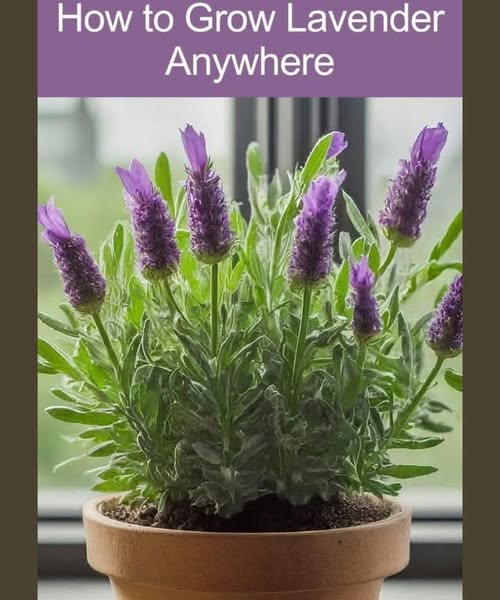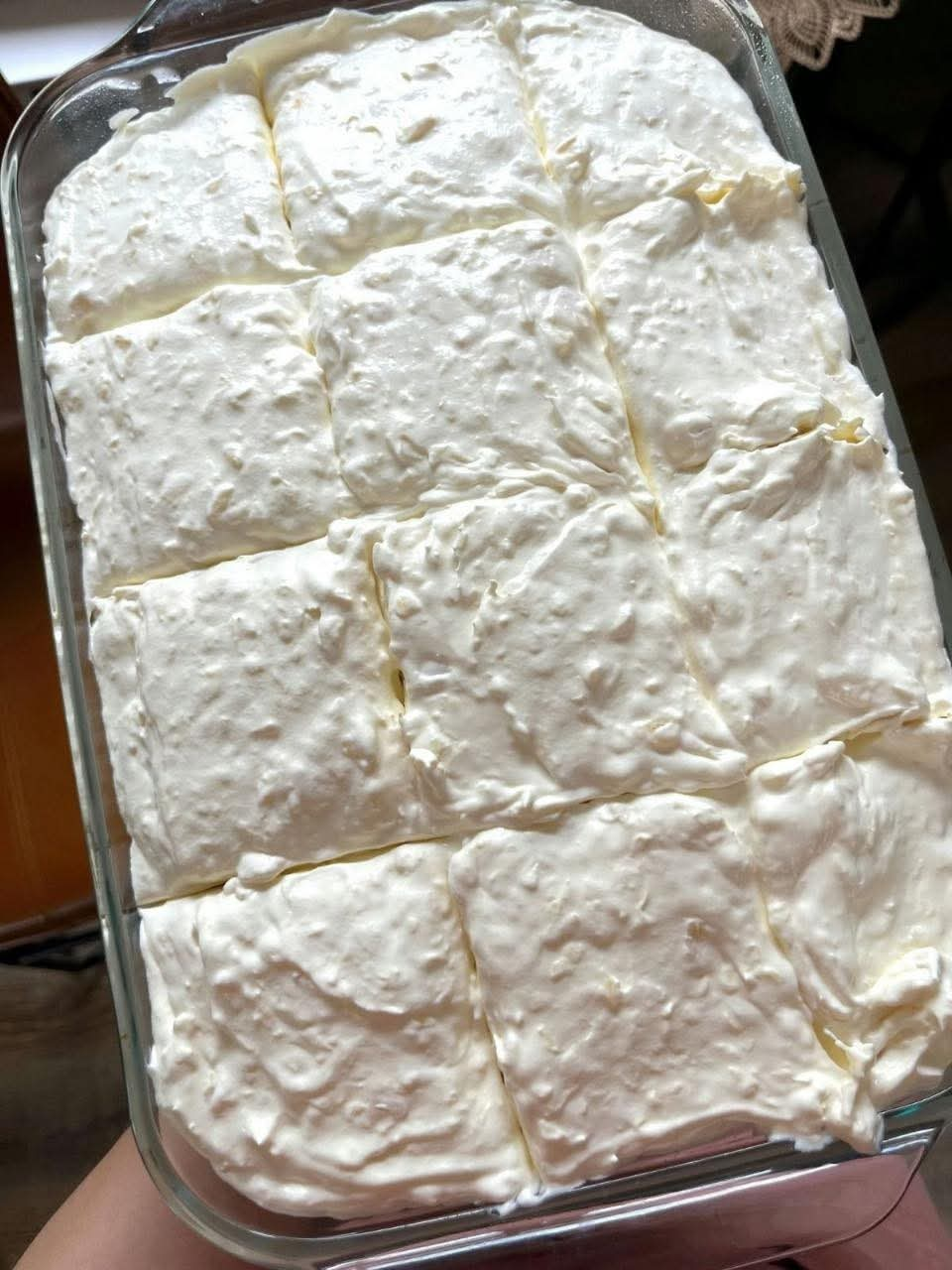Lavender is a beloved herb known for its soothing fragrance, beautiful blooms, and versatility in the kitchen, skincare, and even decor. Whether you have a large garden, a balcony, or just a small windowsill, growing lavender is a rewarding experience that requires minimal effort and care. In this guide, we’ll show you how to grow lavender anywhere and enjoy all the benefits it offers.
Why Grow Lavender?
Lavender is a fantastic addition to any garden or home. Here are a few reasons why you should consider growing this beautiful herb:
✅ Aromatic & Relaxing – Lavender is famous for its calming scent, which helps reduce stress and improve sleep. It’s perfect for creating a relaxing atmosphere in any space.
✅ Low Maintenance – Lavender is drought-resistant and thrives on minimal care. It’s an excellent choice for those who want a beautiful, easy-to-grow plant.
✅ Versatile – Lavender is more than just a pretty flower. You can use it for teas, homemade skincare, potpourri, and even as a natural air freshener.
✅ Pollinator-Friendly – Lavender attracts bees and butterflies, making it a great choice for those looking to support local pollinators and encourage biodiversity in their gardens.
How to Grow Lavender
Growing lavender is easy as long as you provide the right conditions. Follow these steps to grow lavender successfully, whether you’re in a garden or growing it indoors in pots.
1. Pick the Right Variety 🌿
The first step to growing lavender is choosing the right variety for your climate. There are several types of lavender, each with its own unique characteristics:
English Lavender: Best for cooler climates and grows well in USDA zones 5–9. This variety has a classic look with long, slender stems and aromatic purple flowers.
French & Spanish Lavender: These varieties are more heat-tolerant and are ideal for warmer climates (zones 8–10). They have unique blooms with distinctive “ears” on top of the flowers.
Lavandin: A hybrid between English and Portuguese lavender, lavandin has a stronger scent and larger flowers. It’s perfect for making essential oils and potpourri.
2. Choose a Sunny Spot 🌞
Lavender loves the sun, so it’s essential to pick a spot that gets 6–8 hours of sunlight daily. Whether you’re growing it indoors or outdoors, the location matters:
Indoors: Use a pot with drainage holes to prevent water from sitting at the bottom of the container. Place the pot on a sunny windowsill or balcony where it will get plenty of light.
Outdoors: Lavender prefers well-draining soil that’s sandy, rocky, or even slightly alkaline. Choose a sunny area with good airflow to ensure healthy growth.
3. Planting 🌱
There are two main ways to propagate lavender: from seeds or cuttings. Both methods are easy, but each has its benefits:
Seeds: Start lavender seeds indoors in early spring, about 6–8 weeks before the last frost. Soak seeds overnight before planting them in well-draining soil. After germination (which can take 4–8 weeks), transplant the seedlings into your garden or larger pots when they’re ready.
Cuttings: If you want faster growth, lavender cuttings root quickly. Simply take a 4–6 inch cutting from a mature plant, remove the lower leaves, dip the cutting in rooting hormone, and plant it in a well-draining potting mix. Roots should develop in about 6–8 weeks.
Spacing: Whether you’re growing lavender from seed or cuttings, ensure that you space your plants 12–18 inches apart to allow airflow and avoid overcrowding.
4. Water & Soil Care 💦
Lavender thrives in well-draining, slightly alkaline soil with a pH of 6.5–7.5. The key to caring for lavender is to avoid overwatering, as this can lead to root rot:
Watering: Lavender is drought-tolerant, so you only need to water when the soil is dry. Overwatering can harm the plant, so be sure the soil is well-draining. Allow the top 1–2 inches of soil to dry out before watering again.
Soil: If you’re growing lavender in containers, use a well-draining potting mix, or add sand to your soil for better drainage.
5. Prune for Healthy Growth ✂️
Pruning lavender is essential for maintaining its health and shape. By trimming your lavender regularly, you can encourage bushier growth and a longer blooming period:
When to prune: Prune lavender after the flowers have faded, usually in late summer or early fall. This helps keep the plant compact and prevents it from becoming woody.
How to prune: Trim the spent flowers and dead stems back to the main stalk. Be sure not to cut into the woody base of the plant, as this can damage it. Regular trimming will also prevent the plant from getting too leggy.
6. Harvest & Enjoy 🌿💜
Lavender is a rewarding plant to harvest. The key to getting the best scent from your lavender is to harvest the buds just before they fully open:
When to harvest: Pick the lavender buds when they are still tightly closed and the flowers are starting to turn color. This ensures the best fragrance and oil content.
How to harvest: Use sharp scissors or pruning shears to cut the lavender stems. You can harvest the whole stalk or just the flower heads.
Drying: To preserve lavender for use in teas, potpourri, or essential oils, tie the stems in small bundles and hang them upside down in a cool, dry place. Allow them to dry for 2–3 weeks.
Uses for Lavender
Lavender’s versatility extends far beyond being a beautiful plant in your garden. Here are a few ideas for enjoying your lavender harvest:
Teas: Dry lavender buds can be steeped to make a calming herbal tea. It’s perfect for relaxation before bedtime.
Skincare: Lavender essential oil is a popular ingredient in DIY skincare. Add it to lotions, soaps, or bath products for a soothing experience.
Decor: Lavender bundles and dried flowers make beautiful home decor items, adding a touch of nature and fragrance to your space.
Potpourri: Lavender is a classic ingredient in potpourri, which can fill your home with its calming scent.
Start Growing Lavender Today!
Lavender is an easy-to-grow, fragrant herb that thrives with a little sunlight, well-draining soil, and occasional pruning. Whether you’re growing it in your garden, on a balcony, or indoors, lavender is sure to bring beauty and benefits to your home. With its aromatic scent and versatility, lavender is one of the most rewarding herbs you can grow. Start today, and soon you’ll be enjoying the fruits of your labor, whether in the form of homemade skincare, a soothing cup of tea, or simply the relaxing fragrance that fills your space. 🌿💜
More Articles You Might Like
-
Texas Toast Sloppy Joes: The Crunchy, Cheesy Upgrade You Didn’t Know You Needed
There’s something timeless about sloppy joes. For generations, this saucy, savory, and slightly sweet ground beef sandwich has been a go-to comfort food in American kitchens. It’s quick, filling, and family-friendly—perfect for busy weeknights. But what if we told you there’s a way to take this classic dish up a notch? Enter the Texas Toast…
-
Classic Pig Pickin’ Cake
When it comes to Southern desserts, few sweets shine as brightly as the Classic Pig Pickin’ Cake. This nostalgic cake, sometimes called a “Mandarin Orange Cake,” has roots deep in Southern tradition. It gets its playful name from its frequent appearance at pig pickin’s—Southern-style barbecue gatherings where communities come together to enjoy slow-cooked pork, sides,…
-
Lemon Garlic Butter Chicken with Creamy Parmesan Pasta
There’s something irresistible about the combination of tender, golden-browned chicken paired with a creamy pasta coated in Parmesan cheese. Add the brightness of lemon, the depth of garlic, and the richness of butter, and you have a recipe that feels indulgent yet approachable enough for a weeknight dinner. Lemon Garlic Butter Chicken with Creamy Parmesan…



